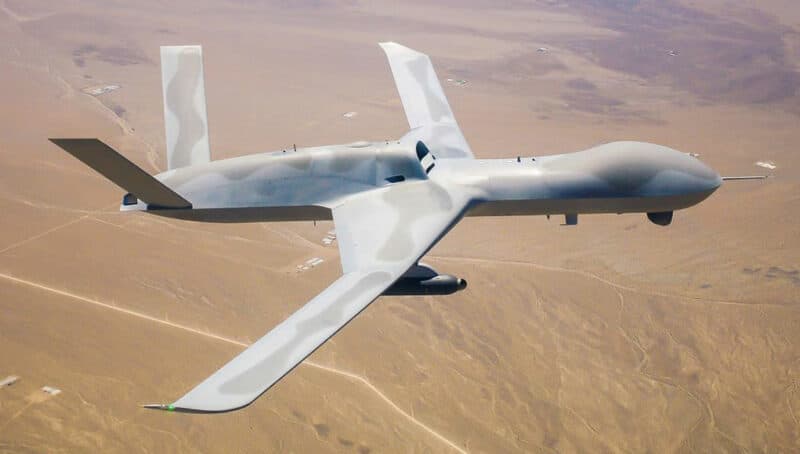One of the main axes chosen by the Pentagon to maintain the operational ascendancy over potential adversaries who jointly have significant military and technological means, is based on the use of a large number of autonomous systems, whether or not they are controlled by one or more artificial intelligences. But faced with the challenge represented by the rise of China, its industries and its 1,4 billion inhabitants, the doctrine defined in 2012 concerning the use of autonomous systems no longer seems appropriate. This is why a revision of it has been undertaken since 2021 to take into account technological developments such as those of the threat. The new doctrine was presented this week by Michael Horowitz, the director of the Office of Emerging Capabilities Policy of the Pentagon, and under aspects of simple revision, it constitutes a significant upheaval of the reality of the use of these weapons systems destined to become the mainstay of American military action. in the decades to come.
These doctrinal developments relating to a highly sensitive subject and observed by the media, may appear superficial at first glance, especially since they are most often based on a subtle evolution of the vocabulary used. Thus, in the 2012 doctrine governing the use of these autonomous or semi-autonomous systems, the notion of artificial intelligence did not appear, whereas in the new document, it is integrated at the same level as the other systems. autonomous, and systems based on the use of AI must therefore respect this doctrine in the same way as the others. But the most important development observed is much more significant than a simple technological clarification.

Indeed, in 2012, autonomous or semi-autonomous systems, such as drones, had to remain under human control with regard to specific actions, such as the use of a lethal weapon, but also to trigger the operation of certain monitoring equipment. In fact, not only the man had to be able to take control of the autonomous equipment, but the latter could not, by itself, initiate major actions without direct human action. This approach effectively responded to the technological reality of the moment, but above all to the operational reality, the autonomous or semi-autonomous systems being sufficiently few in number to be able to assign a permanent human resource to their control. To implement dozens or even hundreds of autonomous systems in a theater, as is the goal of the Pentagon in the years to come, this approach was obviously no longer possible.

The rest of this article is for subscribers only
The Classic subscriptions provide access to
all articles without advertising, starting at € 1,99.
Newsletter subscription
Register for the Meta-Defense Newsletter to receive the
latest fashion articles daily or weekly


[…] […]